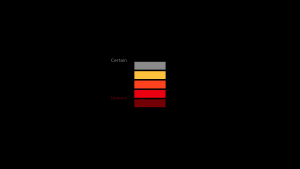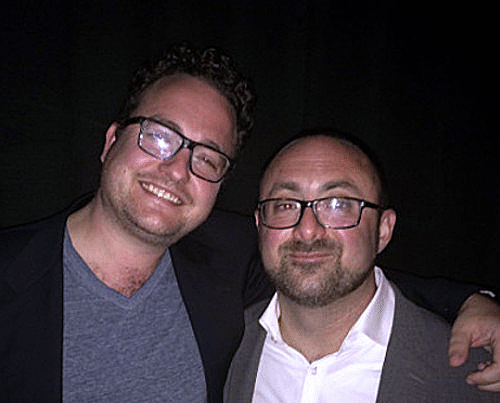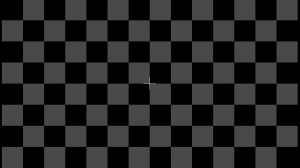Many people hear voices that aren’t really there. It drives some to seek psychiatric treatment, but others are able to make use of it in healthy ways. In this episode, Al Powers and Phil Corlett from Yale University talk about their research into the similarities and differences between these two groups, and what the rest of us can learn from their experiences. They tell their stories behind developing their open-access article “Pavlovian conditioning–induced hallucinations result from overweighting of perceptual priors,” which they co-authored with Chris Mathys, published in the August 2017 issue of the journal Science.
Video summary by the journal Science
Video of visual and auditory stimuli
Audio file of auditory stimuli
Still image of confidence rating

Websites
- Phil’s Research Lab
- Specialized Treatment Early in Psychosis (STEP)
- PRIME Psychosis Prodrome Research Clinic
Press coverage
- Nova: Anyone Can Be Trained to Hallucinate, and That’s Teaching Scientists About Perception
- Scientific American: Do You Hear What I Hear? Auditory Hallucinations Yield Clues to Perception
- BoingBoing: Auditory hallucinations induced with Pavlovian conditioning
- PubMed (first paper): Varieties of Voice-Hearing: Psychics and the Psychosis Continuum
- The Atlantic: Psychics Who Hear Voices Could Be On to Something
Open Science Resources
Bonus Clips
Patrons of Parsing Science gain exclusive access to bonus clips from all our episodes and can also download mp3s of every individual episode.
Support us for as little as $1 per month at Patreon. Cancel anytime.
Patrons can access bonus content here.

We’re not a registered tax-exempt organization, so unfortunately gifts aren’t tax deductible.
Hosts
Ryan Watkins & Doug Leigh
How to Cite
Watkins, R., Leigh, D., Powers, A., & Corlett, P.. (2017, September 19).Parsing Science – Induced Auditory Hallucinations. figshare. https://doi.org/10.6084/m9.figshare.5907430
Music featured in the episode
What’s The Angle? by Shane Ivers



